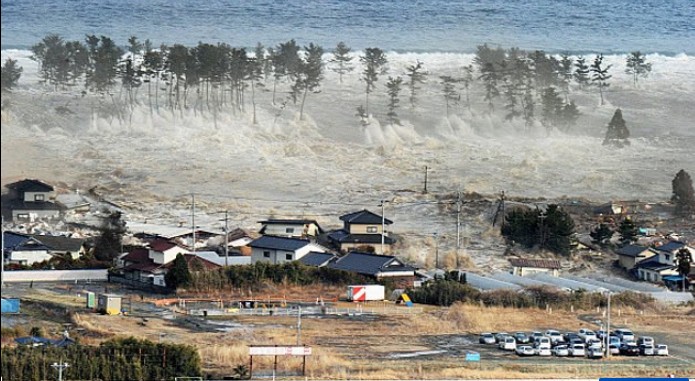An island nation long famed for its resilience now finds itself staring down an extraordinary existential threat. Scientists have quietly warned that a colossal seismic event could unleash devastation on a scale few have truly contemplated. Officials are scrambling to reassess centuries-old plans—even though much remains uncertain.
Recent models suggest there is an alarmingly high likelihood—more than 70%—that this extraordinary event will strike within the coming decades. Specialists caution that traditional safeguards may be dangerously insufficient if the worst-case scenario unfolds. Despite decades of public awareness, many preparedness measures have yet to be fully enacted.
Earlier this year, a top government advisory panel released an updated appraisal that stunned both experts and the general public. Their most pressing conclusion: unless action is taken swiftly, the nation could face up to 300,000 deaths and economic losses that eclipse many national budgets.
A reckoning of risk this century
According to the latest government simulation, a “megaquake” originating from a major ocean trench could bring catastrophic consequences—claimed to result in nearly 300,000 fatalities and property damages reaching $2 trillion USD. This updated modeling factors in the twin threat of powerful ground shaking and an enormous tsunami sweeping across vast coastal expanses.
This remarkable undersea fault system lies parallel to the country’s eastern seaboard, where massive tectonic plates slowly collision. Over the past millennium, seismic records show that such megaquakes recur every 100 to 200 years—the last registered one occurred in the mid-20th century. With more than 75% probability of occurrence in coming decades, time appears to be running short.
While efforts began in 2014 with a disaster-preparedness framework aiming to slash casualties by 80%, current estimates indicate that only about 20% of those gains have been realized. Physical barriers like sea walls and evacuation shelters remain incomplete, and community-level exercises are still far less routine than required.
What’s being done—and what risks remain
The government convened a new disaster-preparedness summit this week to push for an escalation in protective measures: continuing construction of embankments, bolstering lifeline evacuation routes, upgrading tsunami shelters, and scheduling regular drills. The Prime Minister urged all sectors—civil society, private business, and local municipalities—to unite in national defense, emphasizing that every additional 10 percent in preparedness could represent tens of thousands of lives saved.
The geological hazard stems from a nearly 500-mile undersea trench formed by the overlying plate sliding slowly beneath land. Scientists stress that ongoing “subduction” creates enormous strain, which, when released, could spark a magnitude-9 or greater earthquake. Historical seismic data show that this pattern is consistent and predictable—yet action has lagged.
Lessons from history—and warning for the present
Many remember that devastating and deadly event in 2011 when an offshore tremor triggered a tsunami with waves soaring more than 130 feet high. Over 15,000 lives were lost, and a nuclear disaster followed, leading to unprecedented evacuations. But geologists say the upcoming trench quake could displace far more water, inundating regions that were once thought safe.
Still, the nation warns: earthquakes cannot be predicted in exact location or timing, only these probabilistic forecasts signal increasing risk. The top meteorological authority urged citizens to avoid panic-driven flight cancellations or needless social media hysteria. Instead, people are advised to simply prepare with a disaster plan and earthquake kits.
In recent weeks, travel bookings from some regions have dropped as worried tourists delayed trips, influenced by doomsday predictions circulating online. But tourism officials emphasize that there is no scientific reason to avoid travel—rather, it underscores the importance of preparedness.
The path ahead
The next few years are pivotal. Mixed progress warns that without swift, coordinated action, this nation could confront its gravest crisis yet. Building tsunami-resistant infrastructure, conducting widespread education, and embedding earthquake drills into schools and workplaces aren’t just bureaucratic tasks—they’re essential layers of survival.
Experts say that communities capable of executing rapid response and recovery can dramatically reduce casualties, even if the tremor strikes without warning. History demonstrates that recovery follows preparation—but the true test begins when complacency ends.












